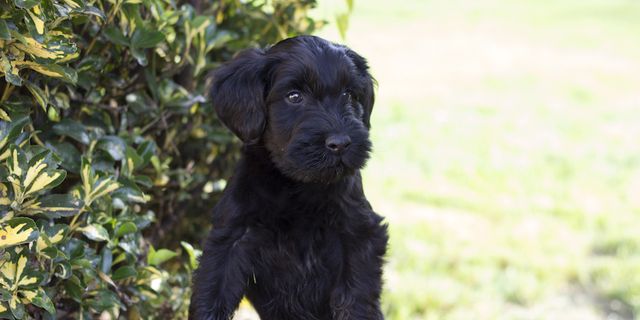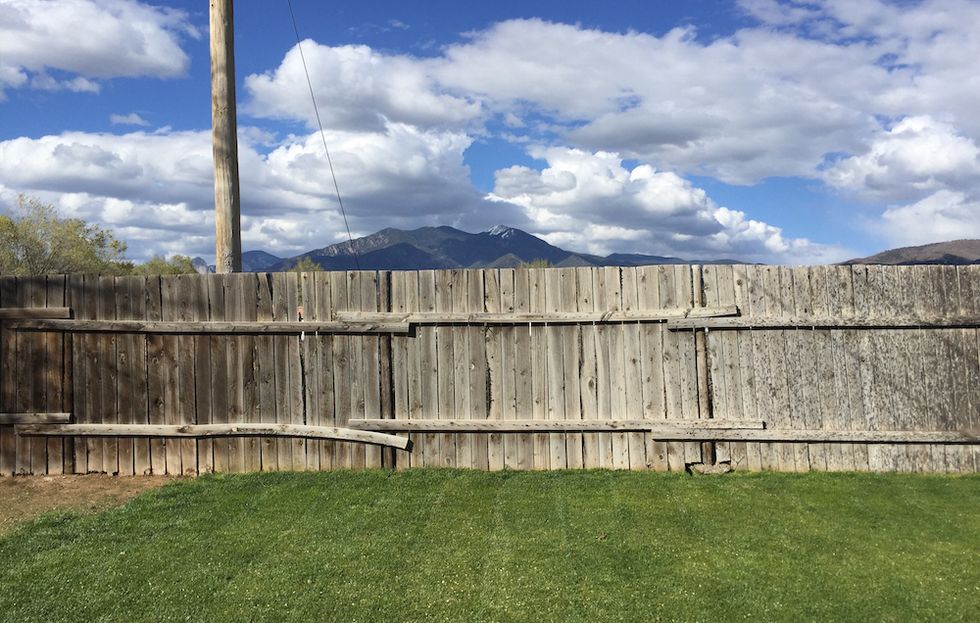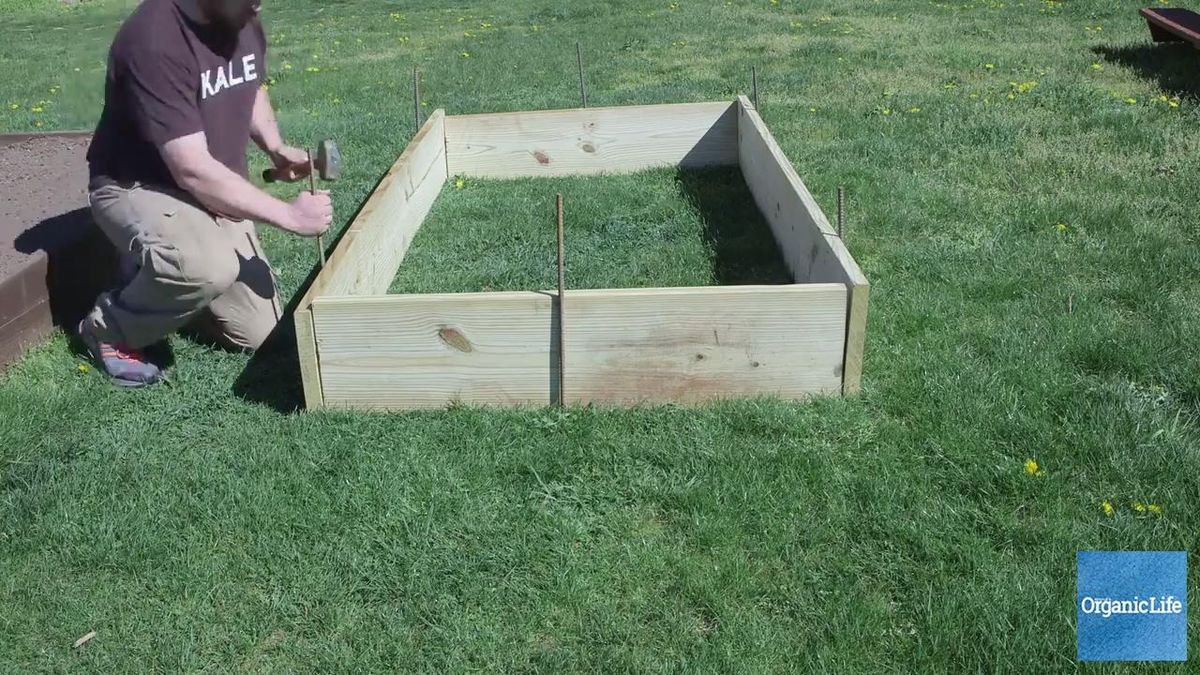This winter brought the East Coast a bomb cyclone, a destructive mix of low pressure, hurricane-level winds, and driving snow. It also brought my house a 22-pound cyclone named Lola, a black lab mix abandoned in Tyler, TX. A few weeks later, she made it to the mid-Atlantic, and then to us. Within a few days, she had peed on a lovingly tended stand of Echinacea and had broken a Phalaenopsis spike on the cusp of blooming.
My garden isn’t going anywhere, and neither is Lola. So I began my research. Here are the best ways to create harmony between your dog and garden.
Fence it!
If you have areas filled with tender plants that you cannot bear to lose, put in fencing. Even low fencing is a good deterrent. If you have sections that include bulb plants like irises, allium, anything in the onion or garlic families, keep them away from your dog by fencing them.
If you don’t want to invest in wood or plastic fencing, try natural fencing solutions by planting masses of tall perennials. I’ll be using tall prairie grasses like little bluestem to block the dog from a cluster of giant allium, anemones, and sea thrift.
Related: Why You Should Build A Living Fence By Planting Hedgerows
Add a path
Watch where your dog normally likes to explore, and add a path along the way she usually walks. It’s difficult to redirect a dog, but the dog is more likely to walk on an established gravel path if it’s in a familiar spot. Gravel, paving stones, pebbles, and slate would work best.
Related: 8 Green Ways To Create A Grass-Free Garden
Container gardening
You can confine much of your garden into containers. Last year, I used a series of modular fabric containers so I could have small garden plots and move them around as needed. These containers can be surrounded by flexible deer fencing and dogs (and other pests) will stay out.
Consider building a raised bed:
Avoid poisons
Without question, read up on plants that are poisonous to dogs. Onions, garlic, and chives are well-known threats. Just as deadly: raw potatoes, avocados, nicotine plants, and castor beans. The ricin in castor beans is just as toxic to dogs as it is to humans.
Related: Here's What Foods Are Dangerous To Dogs
Make a dog area
I’ve already designated a spot that will be Lola’s digging garden. That area is in the shade, which made it difficult to plant in anyway, and the shade will be a respite for her on hot days. Some experts suggest using mulch, while others suggest using play sand. You can also keep a small basket of outdoor toys and chews that will keep your dog happy while you weed.
Related: 6 Ways To Protect Your Dog From Common (But Potentially Deadly) Winter Dangers
Don't use poop as compost
Last year, a soldier who escaped North Korea was found to have several tapeworms growing in his stomach. This was the result of the “night soil,” a euphemism for feces, used to fertilize crops. Waste makes a pretty terrible fertilizer unless it’s been treated with heat and chemicals. Dog waste can contain parasites like roundworm. Their larva can grow in soil and be passed along in whatever grows in that soil. Roundworm in human causes disease, even blindness. I’ve met several dog owners who claim to compost dog waste. I politely decline their vegetables.
Add some spice
Squirrels are deterred by strong spices, and so are dogs. Dogs do not enjoy the strong smells of herbs like rosemary. This would be a good plant to place in front of a plant you’d like to protect. You can also shake in a border of hot pepper flakes or cayenne pepper, which won’t hurt dogs, but they don’t like capsaicin.
Additionally, you can add herbs that are dog-safe and deter mosquitoes. Delicious treats like basil, lemon balm, catnip, and lavender are garden delights, often perennials, and keep away horrible pests.
Create a dog potty
Lola and I both enjoy my Echinacea. I love planting it in masses and inviting all sorts of pollinators and butterflies to my yard. Lola finds the plants an ideal place to micturate. This charming idea seen on Pinterest gives a simple tutorial on how to create a place where your dog will regularly go. This certainly keeps grasses and plants safe.
Add a water feature
I already have a misting system in place for the birds, who regularly take a shower as they head to the feeders. You can easily add a small wading pond—such as a kiddie pool—as a place where your dog can drink, wade in and out, and cool off.
Fill up your space
Benjamin Vogt of Monarch Gardens designs prairie gardens and has the most practical approach. “I believe having a thick, lush, layered garden. Having no open mulch or soil will help,” he says. “While this is contrary to how the majority of our gardens look or how we garden, having more plants means less places for dogs to dig and have access to.”














